

Instagram is one of the most popular social media platforms today. It is astonishing how fast modern technology has become: Take a photograph, edit it, and make it available to millions of people in a matter of seconds. How, exactly, did this happen? Indeed, the history of Instagram is rooted in the very beginnings of photography.

1. Even in ancient times our ancestors understood the optical basis for photography, namely the principle of the “camera obscura” (Latin for “dark chamber”). This was originally observed in a dark room with a tiny hole in the wall, through which light passed, forming an upside-down image of the scene outside. The interest in this phenomenon increased with the advent of the Renaissance, when the camera obscura became a portable device consisting of a light-tight box equipped with lenses and mirrors, which allowed projecting the right-side up image and came to be used as an artist’s drawing aid.
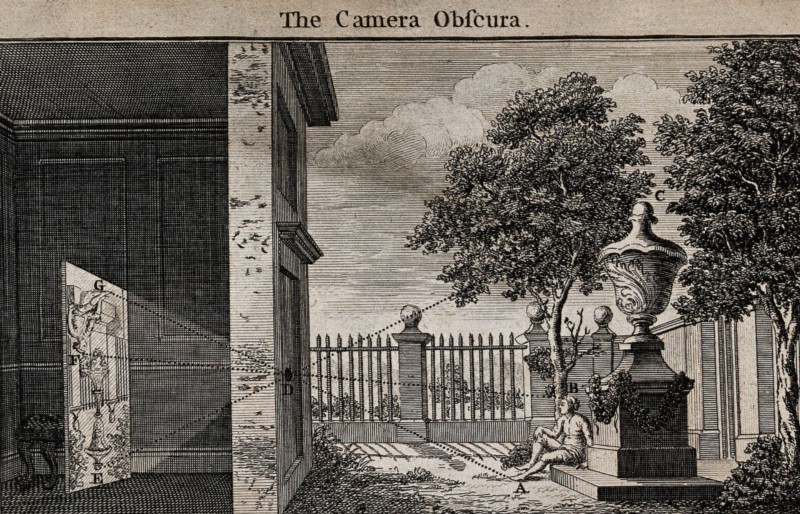

2. The second essential component of photography was the discovery of light-sensitive chemicals. It had long been observed that certain substances changed their properties when exposed to sunlight. Eighteenth-century scholars, most notably German professor Johann Schulze, experimented with silver salts and, as a result, laid the photochemical basis for photography.

3. The pieces of the puzzle all came together in the 19th century, when Thomas Wedgewood and Humphrey Davy began experimenting with light-sensitive materials to capture the image inside the camera obscura. In the 1820s, Nicéphore Niépce, the French inventor who is regarded as one of the pioneers of photography, took a picture of the view from his window, which is now considered to be the earliest surviving camera photograph.


4. The image he produced in the 1820s, however, was indistinct and required an eight-hour exposure time. After Niépce’s death in 1833, French artist Louis Daguerre continued his research and in 1839 introduced a new photographic process: the daguerreotype. Daguerre’s technique produced a direct positive image (so there was no negative) on a silver-plated copper sheet. It’s significant to note that the images were produced at a resolution that still constitutes a challenge for modern digital technology: By some estimates, achieving a resolution similar to the daguerreotype would require a camera with a 140,000-megapixel resolution.
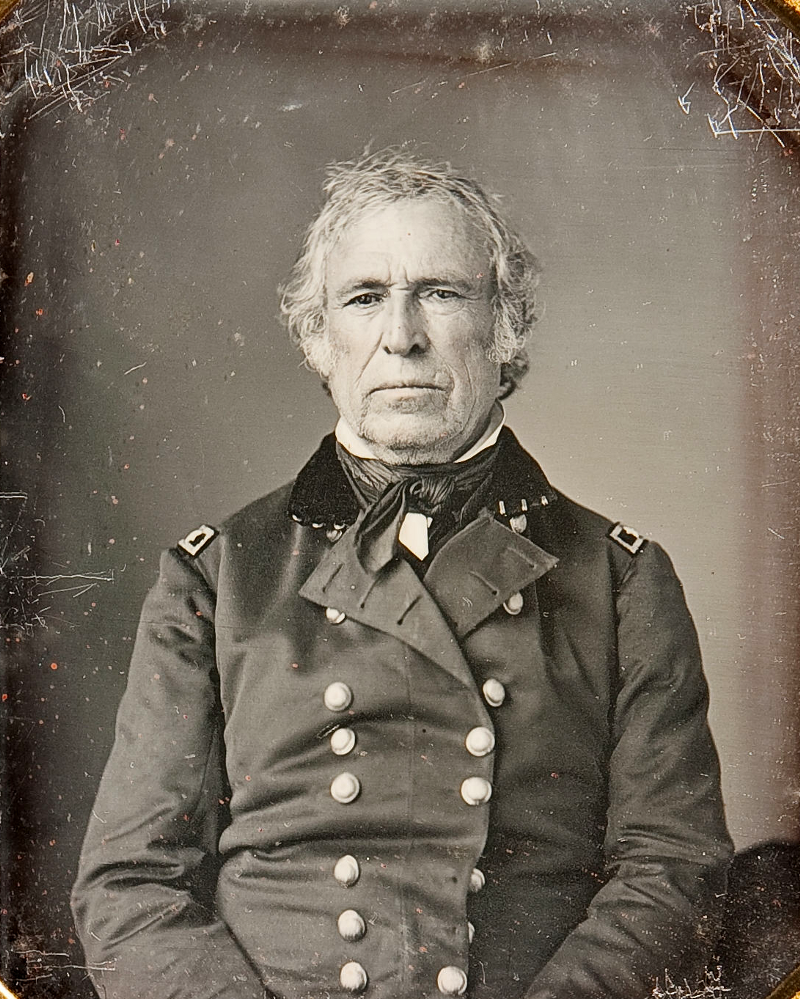

5. Despite its popularity in portrait studios for the next 20 years, the daguerreotype did not prove efficient; eventually other photographic processes superseded it. In particular, the major problem was its irreproducible nature. Industrial values favored photographic technologies capable of producing multiple copies–like the calotype process, for which Henry Fox Talbot developed the concept of using a negative and silver iodide. Either way, the photographic technology at the time was still so complex that it eluded popular use: One had to go to a studio or buy expensive and bulky cameras.


6. In 1888, Kodak introduced the first box camera with the slogan, “You press the button, we do the rest.” In 1900, the company launched the Brownie camera series. The cameras were easy to use and made taking photographs affordable and accessible to a wider public, while also popularizing the idea of snapshot photography.
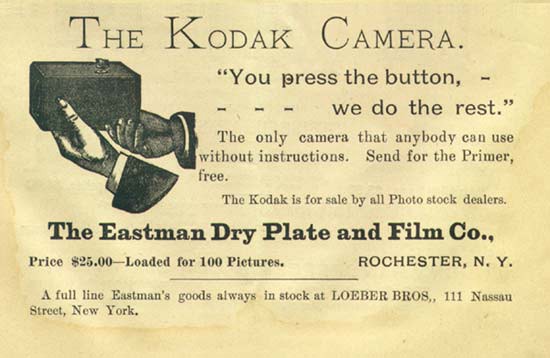

7. In 1948, Polaroid introduced its first instant camera: a camera capable of outputting a developed image. The Polaroid Corporation’s founder, Edwin Land, was inspired to invent the camera after his 3-year-old daughter demanded to see a photograph he had just taken of her. Like the daguerreotype, instant cameras produced a direct positive image (again, with no negative), while using film instead of metal plates. The cameras gained immense popularity by the 1960s.
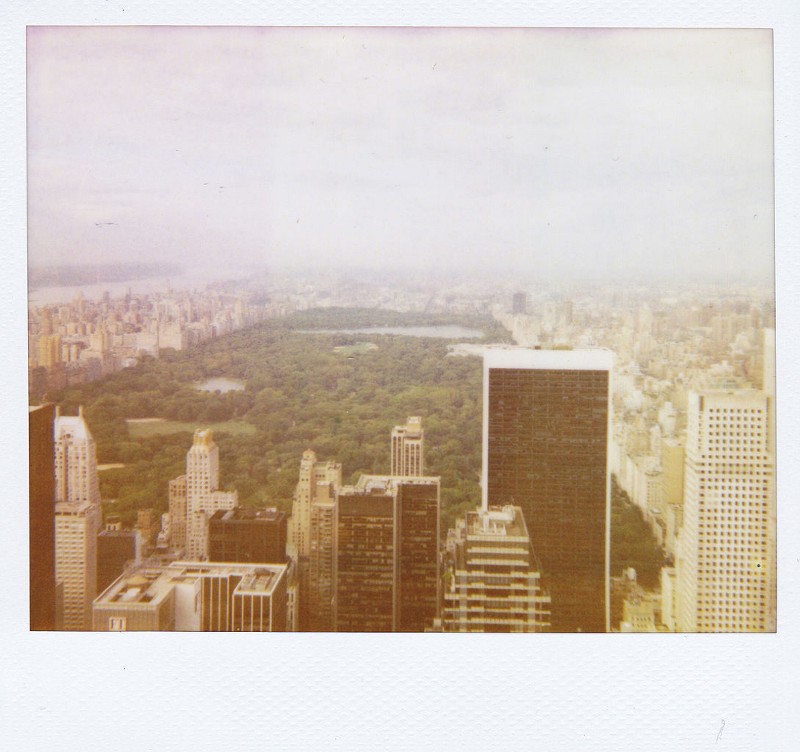

8. In 1975, Steven Sasson–who was working at Kodak–invented the first digital camera. Photographs were recorded on a cassette tape and then displayed on a TV screen. As Sasson has himself noted, no one at the time could have foreseen the impact the new camera would later have. Indeed, digital cameras were not produced commercially until the late 1980s. By the 1990s cameras became a feature of mobile phones, an addition which was popularized in the 2000s.
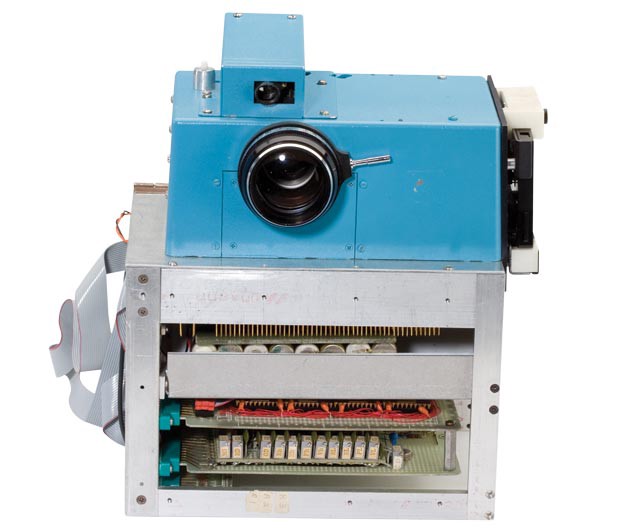

9. Social networking, which has a history of its own, entered the scene as a popular mass-oriented technology in the 2000s with the foundation of social networking websites like Facebook and Twitter. In October of 2005, Facebook launched the ability to publicly share photographs on the website, and since December of that same year we’ve been able to tag friends in our pictures.

10. With the emergence of Instagram (“instant camera” and “telegram”) in 2010, sharing images has become even quicker–as the name suggests–and more dynamic. Originally developed as an application for mobile devices and designed specifically for photo-sharing, Instagram harkens back to history by allowing users to post photographs in the square-shaped format of Polaroid captures. The service is known for ushering in the age of digital filters that enhance the quality of users’ photos. (Instagram recently released five new filters at the end of 2014, bringing the available total to 25.)
In April of 2012, Facebook acquired Instagram in a deal originally valued at $1 billion. With roughly 300 million users, Instagram is currently available in 25 languages and is one of the most widely used social networking platforms today.


How We Get To Next was a magazine that explored the future of science, technology, and culture from 2014 to 2019. This article is part of our Histories of”¦ section, which looks at stories of innovation from the past. Click the logo to read more.
